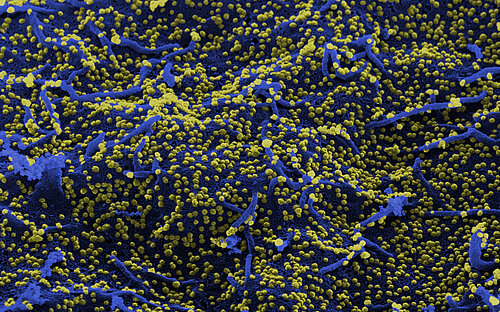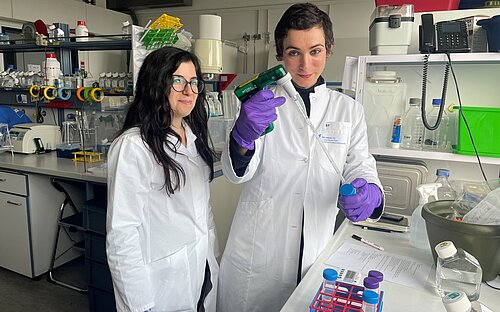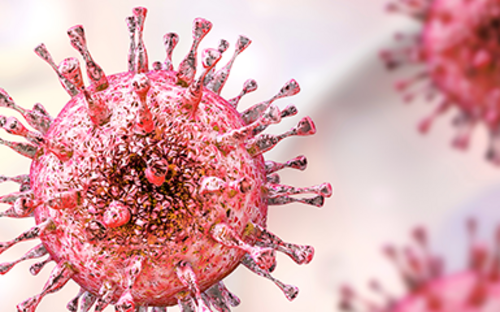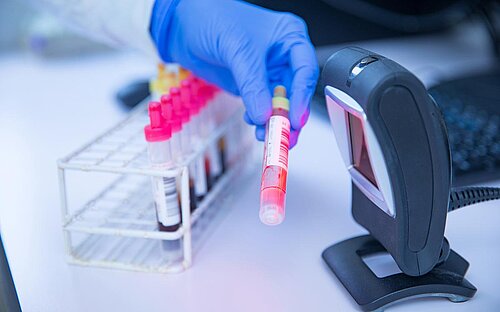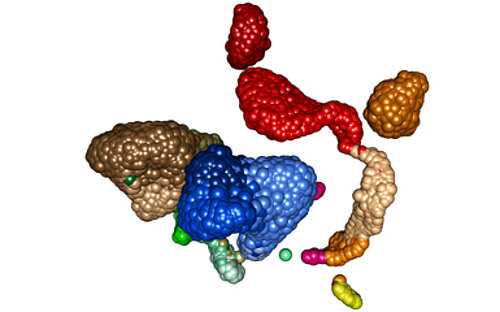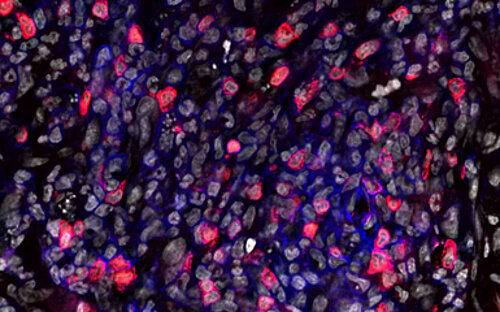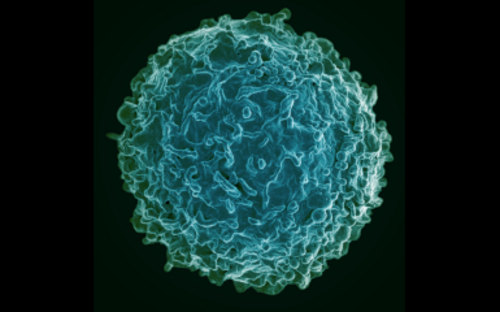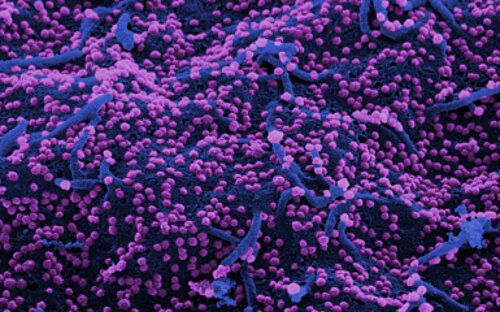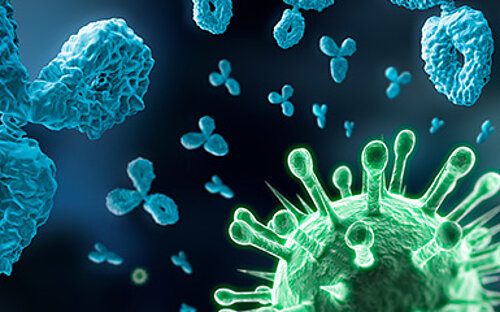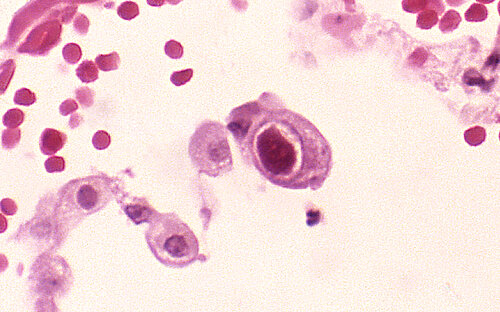Innate Immunity – Acquired Immunity

The human immune system exists of a huge number of different cells with different functions. They occur in the blood as „white blood cells“. A part of them recognises germs and illness causes as foreign structures in the body and operates early in the course of an infection. These cells which form the so-called „innate immune system“ are constantly active.
The cells that form the "innate immune system“ to make sure that only rarely will a virus or bacterium we encounter in our daily lives actually make us sick. This branch of the immune system is called innate because the cells it is made up of are present in the body and ready for action by the time we are born.
Two types of cells
Two cell types in particular play a key role in innate immunity: Natural killer (NK) cells and dendritic cells. The job of NK cells is to recognise and kill off virally infected cells or tumor cells early on. NK cells constitute the immune system's first line of defence against an infection. The star-shaped, highly branched dendritic cells' job is to be on the lookout for intruders in the skin and in mucous membranes, and, upon encounter, to engulf and digest them. Dendritic cells travel to the nearest lymph node by way of lymphatic vessels. The lymph nodes represent an important interface between innate immunity and its counterpart, acquired immunity. Contact with dendritic cells and the load they carry, which is made up of chopped up bits of pathogens called antigens, activates a type of white blood cell called a T cell.
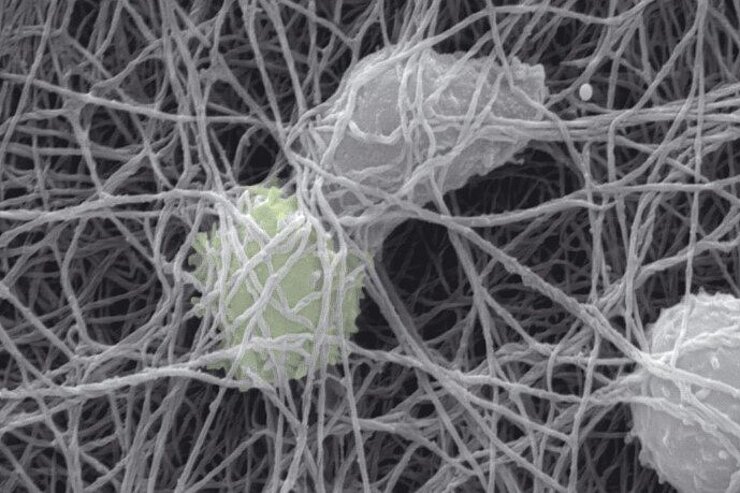
T cells are by far the most abundant cell type in what is known as our acquired immunity. Every single one of these cells is capable of recognizing highly specific protein molecules, which activate them, triggering their division. The genetically identical progeny then spread via the bloodstream in search of infected cells that present recognition proteins on their surfaces. Some of the T cells eliminate infected cells while others help the rest of the immune cells perform their jobs. B cells are rather similar in their specificity. They too recognise bits of pathogens, which prompts them to make antibodies that are central in the fight against germs and which can help protect us from subsequent re-infection. This particular property of B cells is exploited in vaccines.
(jsg)
Involved research groups
-
Innate Immunity and Infection
 Prof Dr Andrea Kröger
Prof Dr Andrea Kröger -
Biomarkers of Infectious Diseases
 PD Dr Frank Pessler
PD Dr Frank Pessler -
Experimental Immunology
 Prof Dr Jochen Hühn
Prof Dr Jochen Hühn -
Experimental Infection Research
 Prof Dr Ulrich Kalinke
Prof Dr Ulrich Kalinke -
Early Life Immunity
 Dr Natalia Torow
Dr Natalia Torow -
Immune Regulation
 Prof Dr Dunja Bruder
Prof Dr Dunja Bruder -
Microbial Immune Regulation
 Prof Dr Till Strowig
Prof Dr Till Strowig -
Model Systems for Infection and Immunity
 Prof Dr Dagmar Wirth
Prof Dr Dagmar Wirth -
Systems Immunology
 Prof Dr Michael Meyer-Hermann
Prof Dr Michael Meyer-Hermann -
Laboratory of Transmission Immunology
 Dr Julia Port
Dr Julia Port -
Viral Immunology
 Prof Dr Dr Luka Cicin-Sain
Prof Dr Dr Luka Cicin-Sain -
Virology and Innate Immunity
 Prof Dr Melanie Brinkmann
Prof Dr Melanie Brinkmann -
Immune Signaling
 Dr Lina Herhaus
Dr Lina Herhaus






